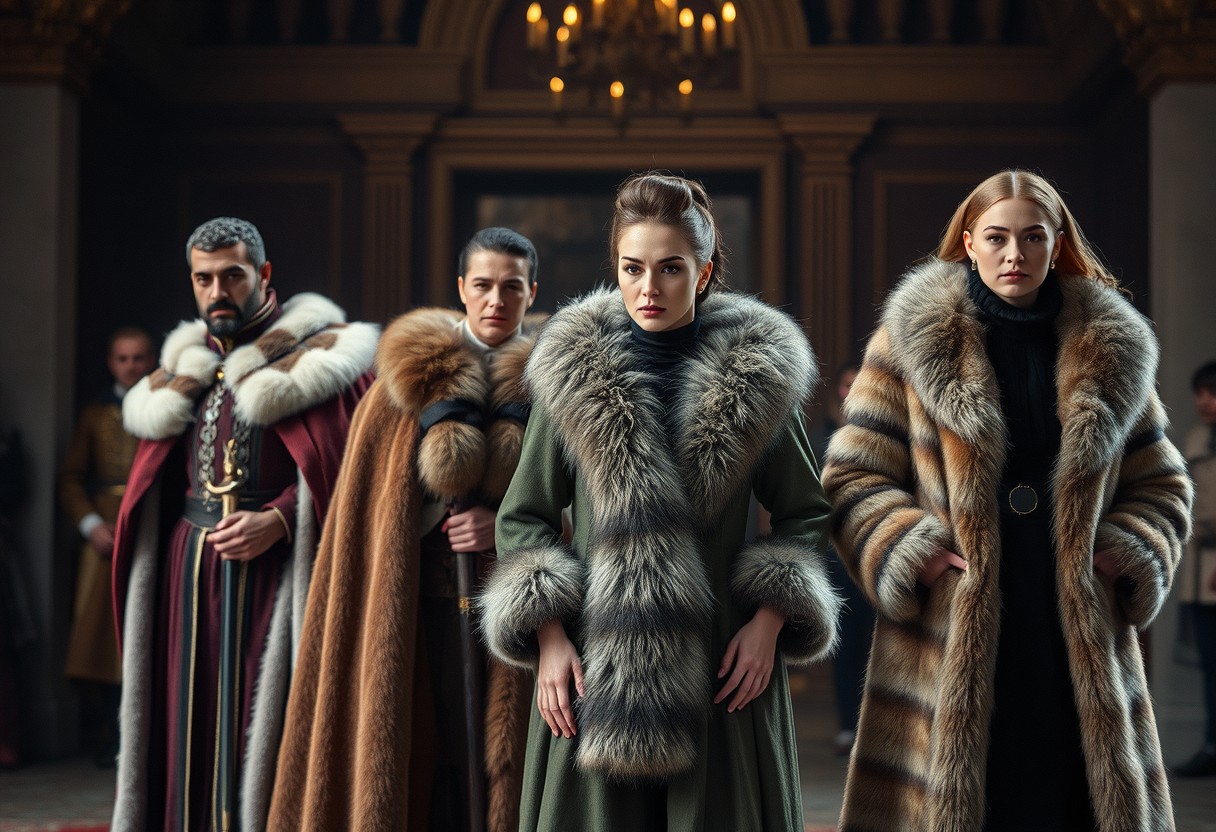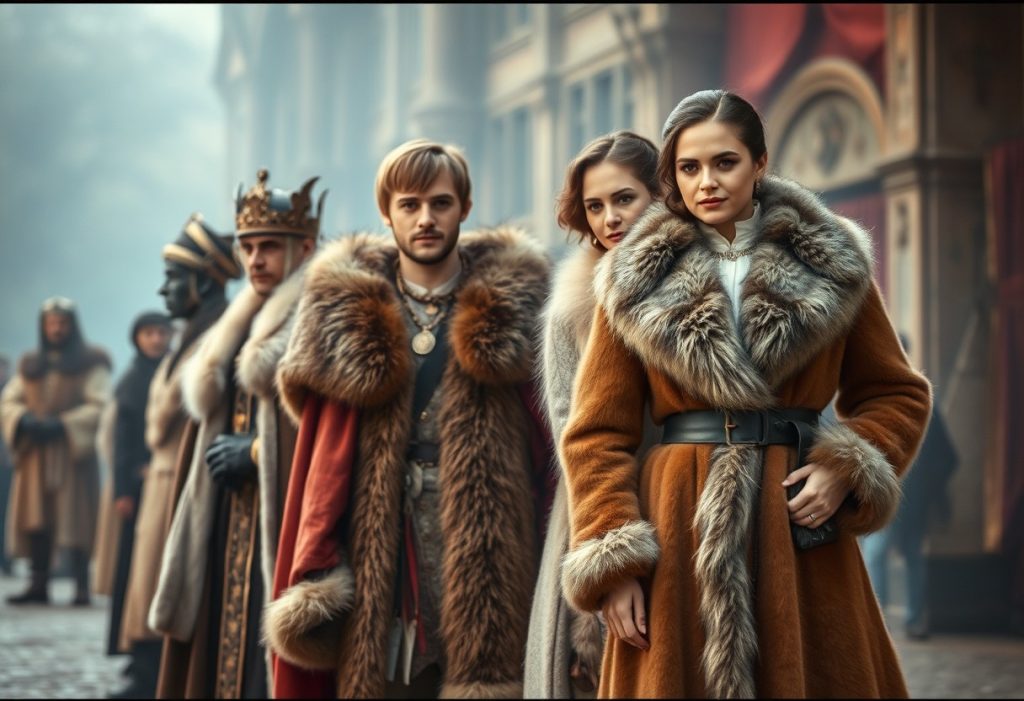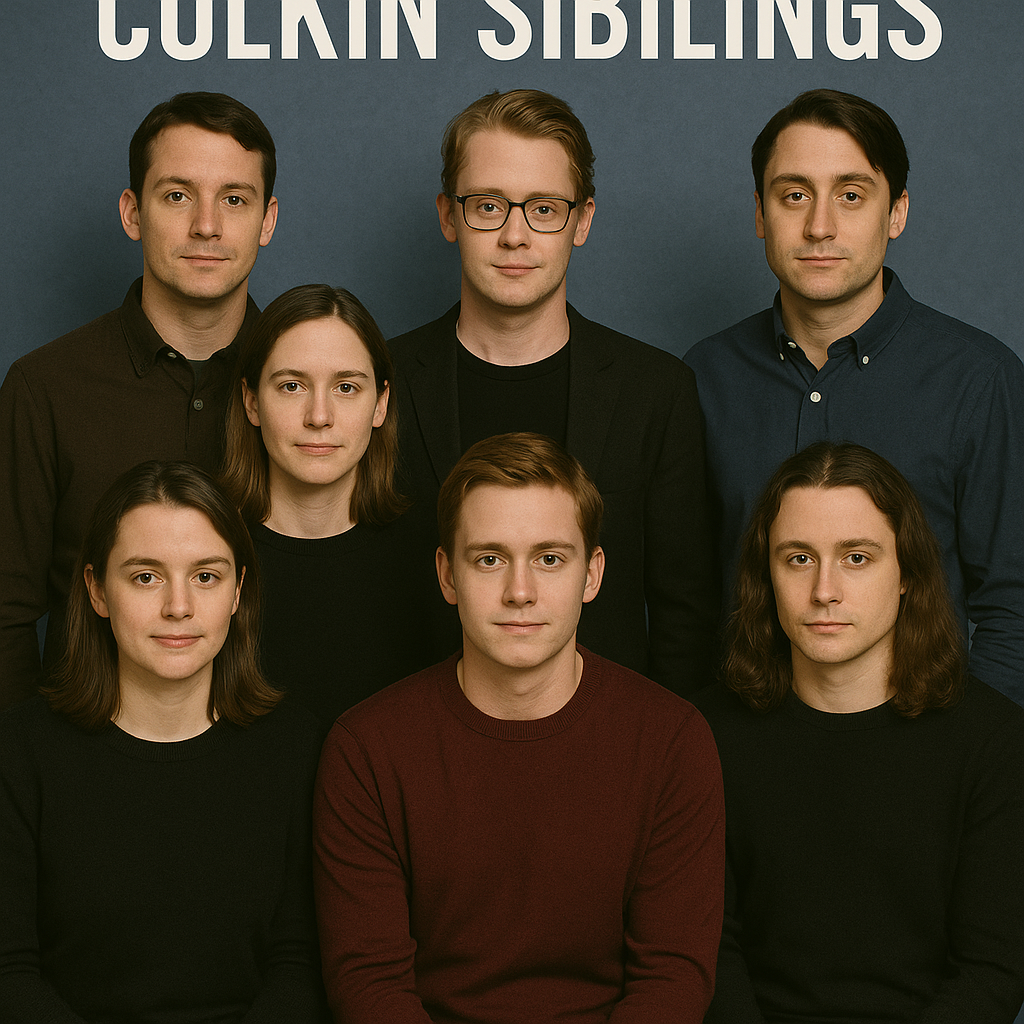History #Fur has a rich narrative that dates back thousands of years, intertwining with human culture and fashion in fascinating ways. You may wonder when this luxurious material first captured the hearts of fashion enthusiasts. In this post, you’ll explore the origins of fur in clothing, from practical uses in ancient societies to its evolution into a symbol of status and elegance. Join us as you uncover how fur has shaped fashion trends throughout the ages and what it means for your wardrobe today.
The Origins of Fur Fashion
Before delving into the luxurious world of fur fashion, it’s important to understand its roots. Fur has been a part of human life long before it became a style statement. Its journey began with the practical need for warmth and protection in harsh climates, evolving into a symbol of status and wealth over time.
Prehistoric Use of Fur
One of the earliest uses of fur can be traced back to prehistoric times when your ancestors relied on animal pelts for survival. They crafted garments from furs to shield themselves against the elements while foraging and hunting. The use of fur served a dual purpose—providing insulation and allowing for mobility in the wild.
Cultural Significance in Early Civilizations
Cultural significance was deeply embedded in the use of fur during early civilizations. From the nobility draped in luxurious furs to common people utilizing animal hides for everyday wear, fur became a crucial element of identity and social hierarchy.
Understanding the cultural significance of fur in early civilizations reveals how societies crafted their identities and social structures. Fur was more than just clothing; it represented power, wealth, and prestige. Different cultures valued various types of fur based on availability and symbolism, further intertwining fur fashion with social dynamics. As you explore this rich history, you can appreciate how the allure of fur evolved into a fashion statement that transcends time.
Fur in the Middle Ages
There’s no denying that fur became a symbol of status and luxury during the Middle Ages. The nobility and upper classes embraced fur as a way to display wealth and power, influencing fashion trends across Europe.
European Nobility and Fur Trends
To truly understand fur’s significance, you must recognize how deeply entrenched it became within the wardrobe of European nobility. From ermine cloaks to sable-lined garments, these luxurious materials became crucial for anyone wishing to project their social standing.
The Role of Trade in Fur Popularity
To appreciate fur’s widespread appeal, you should consider the flourishing trade networks established during this period. As merchants traveled from distant lands, they brought with them exotic furs that captivated the European elite.
Ages of exploration and trade intensified the demand for luxury goods, including furs. The routes connecting Europe with fur-bearing regions, such as Russia and Northern Scandinavia, allowed nobles to acquire not just local pelts but also those that were rare and unusually beautiful. This access to diverse materials shaped fashion and made fur a coveted status symbol for the powerful and wealthy.
The Renaissance to the 19th Century

Assuming you have an interest in the history of fashion, you’ll find that fur began to truly flourish during the Renaissance, evolving into a symbol of wealth and prestige. Throughout this period, fur was no longer just a means of survival but transformed into a high-fashion statement among the aristocracy. Nobles adorned themselves with luxurious fur-lined garments, showcasing their social standing and taste. This trend continued into the 19th century, where fur became even more accessible, making a significant mark on the fashion landscape.
Evolution of Fur Styles and Techniques
Century after century, the styles and techniques surrounding fur usage underwent remarkable transformations. During the Renaissance, intricate techniques like fur lining and trimming became popular, while the 18th and 19th centuries saw the introduction of advanced methods to preserve and dye fur, leading to a greater variety of options for fashion enthusiasts. You can explore more about this fascinating transformation in The Evolution of Fur: A Brief History Of Fur and Faux .
Impact of Fashion Icons on Fur Trends
The influence of fashion icons during this era cannot be overstated. Celebrities and royals set the stage for what was deemed fashionable, with many embracing fur not just for warmth, but as a luxury item. You likely recognize names like Queen Victoria, whose affinity for fur coats set trends among the working class and nobility alike.
Understanding the role of fashion icons in promoting fur trends sheds light on how these styles permeated various social classes. Celebrities displayed fur not merely as functional attire but as a statement piece that signified elegance and sophistication. As a result, you can trace the propagation of fur fashion not just through royal courts, but also through emerging middle classes who sought to emulate those they admired, making fur a staple in the evolving world of fashion.
20th Century Fur Revivals
Despite the various changes in fashion, fur has consistently managed to make a comeback throughout the 20th century. The allure of fur was reignited during significant cultural moments, with new styles and designs emerging to captivate the public’s imagination.
Fur in the Age of Hollywood
Century after century, Hollywood has played a pivotal role in popularizing fur fashion. Iconic stars like Marilyn Monroe and Audrey Hepburn were often seen draped in luxurious furs, setting trends that echoed through the decades. Their glamorous images reinforced the notion that fur was synonymous with wealth and status, making it a sought-after wardrobe staple for many.
Shifts in Public Perception and Ethical Considerations
Perception of fur began to shift dramatically as the century progressed. Increasing awareness surrounding animal rights and ethical fashion compelled many to reevaluate their choices regarding fur. While some still embraced its luxurious qualities, others began to seek alternatives, contributing to a broader dialogue about sustainability and ethical consumption.
Hollywood continued to influence these shifting perceptions, often depicting fur in both glamorous and controversial ways. As new stars emerged advocating for animal rights, the industry faced pressing questions regarding its commitment to ethical fashion. This evolving narrative has led consumers like you to rethink your own views on fur, prompting an exploration of compassionate alternatives while still appreciating the luxurious appeal of fur designs in fashion history.
Conclusion
Hence, understanding when fur first came into fashion helps you appreciate its cultural and historical significance. From ancient times, when it served practical purposes of warmth and protection, to its role as a symbol of status in modern luxury, fur has evolved alongside societal changes. You now have a richer context for the complexities surrounding fur fashion, allowing you to make informed choices whether you’re considering its ethical implications or simply looking to add a touch of elegance to your wardrobe.
FAQ
Q: When did fur first come into fashion?
A: Fur has been used for clothing since prehistoric times, primarily for warmth and protection against the elements. However, it became a fashion statement during the Middle Ages in Europe, particularly in the 14th and 15th centuries. Nobility began wearing fur as a symbol of wealth and status, often adorning their garments with tippets, capes, and linings made of luxurious furs, such as sable and ermine.
Q: What role did fur play in historical fashion trends?
A: Throughout history, fur has served both practical and symbolic roles in fashion. In the 17th and 18th centuries, fur became increasingly popular among the affluent classes, with styles evolving to include extravagant fur-trimmed garments. The fur trade flourished during this period, and fur garments were often seen as a mark of elegance. In the 19th century, fur continued to be an imperative part of women’s fashion, with a variety of styles and types of fur becoming widely available, even as the industrial revolution changed production methods.
Q: How have attitudes towards fur fashion changed over time?
A: Attitudes towards fur fashion have seen significant shifts, especially in the late 20th and early 21st centuries. The rise of animal rights movements and increasing awareness about ethical concerns over fur farming and trapping have led to a decline in its popularity. Many designers and brands have shifted towards using faux fur or eschewing fur altogether in their collections. Today, while fur remains a luxury item for some, the fashion industry continues to grapple with its ethical implications, and the debates surrounding fur fashion continue to evolve.







